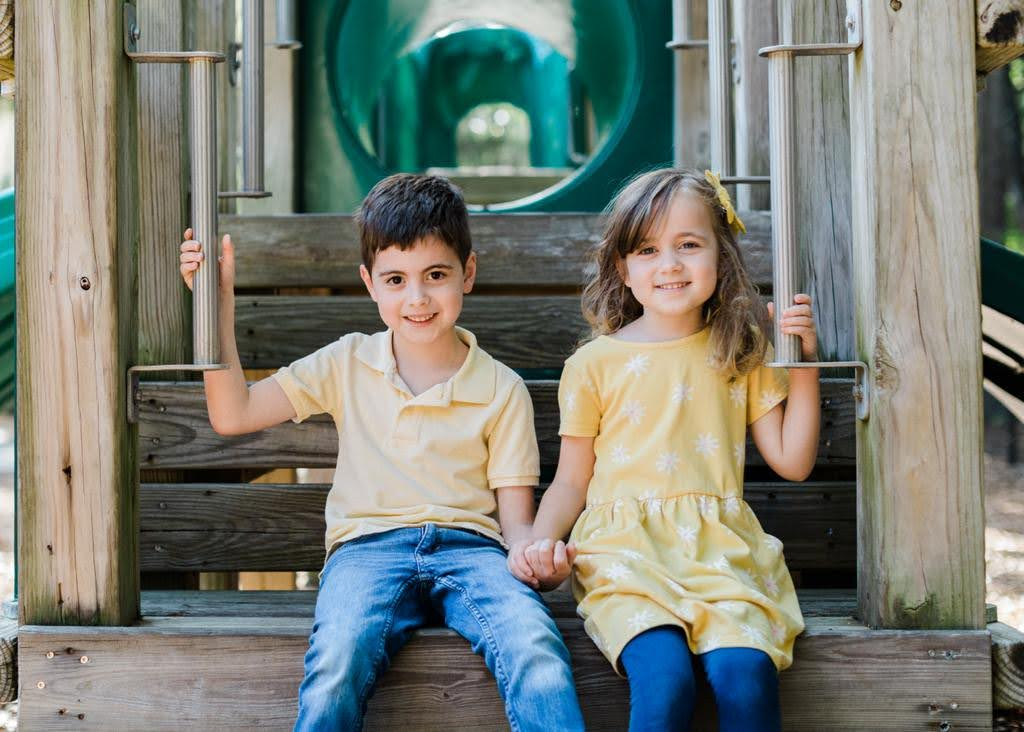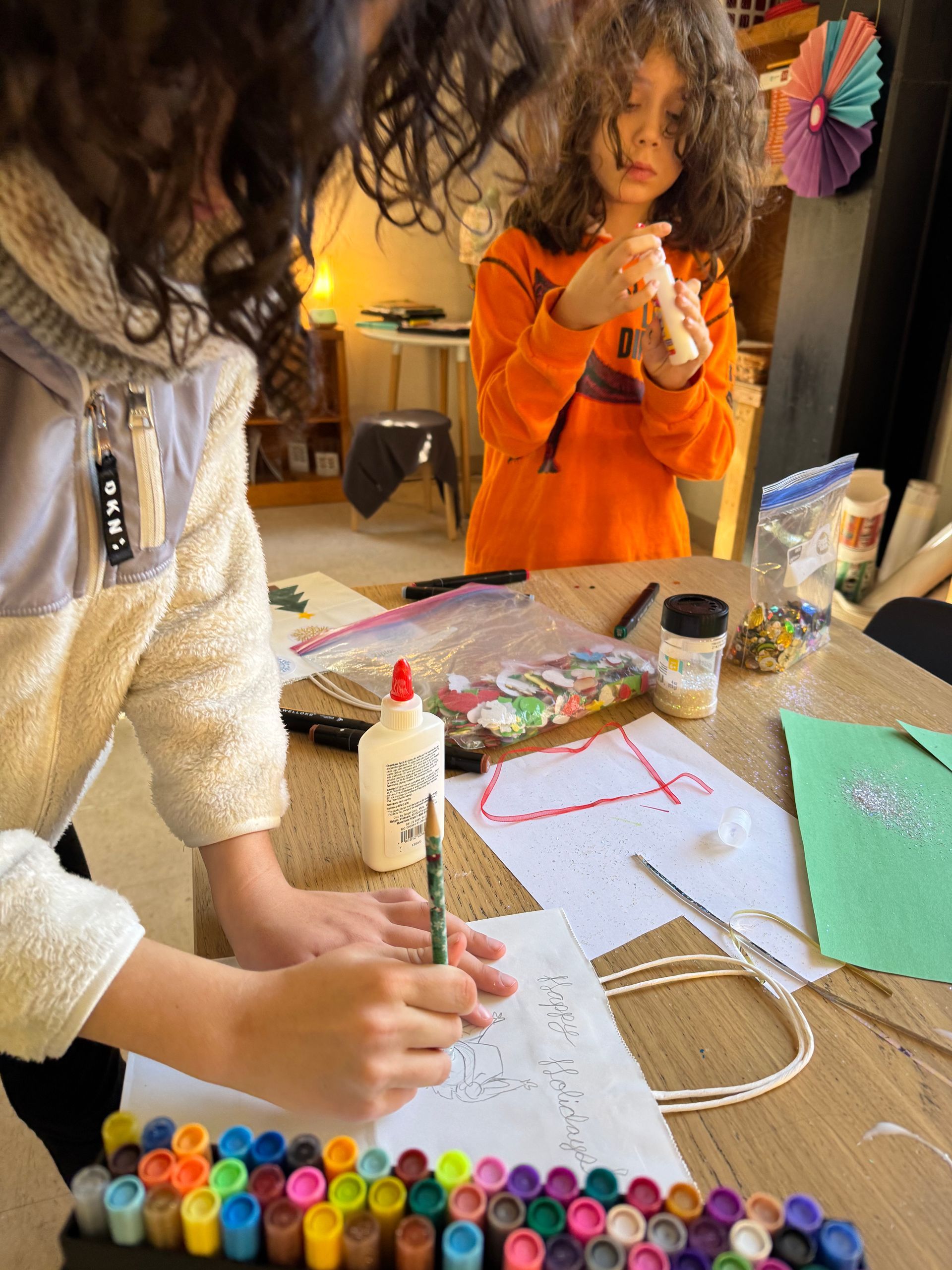
With a calm presence and consistent boundaries, children can turn sibling squabbles into opportunities for connection and maturity.
During summer break, many families find themselves spending more time together - and that often means more opportunities to witness sibling conflict up close. At AIMS, where so many of our families have older and/or younger siblings, these moments are a natural part of daily life.
As both a Montessori educator and a mom of two, I know firsthand how challenging (and surprisingly productive!) sibling disagreements can be. While they might sound loud or look messy, these moments are powerful opportunities for children to develop essential life skills.
In Montessori, we believe sibling conflict is not only normal, it’s also healthy. Just like in the classroom, where children take turns talking and listening with care (see our earlier Peace Rose blurb), the home environment can be a space for respectful problem-solving and emotional growth.
Instead of stepping in as the referee, consider taking on the role of a calm, neutral guide. Ask yourself:
- Are both children safe?
- Is this a moment where they might learn something through the conflict itself?
- Can I support without solving?
Here are some age-appropriate strategies:
Toddlers (18 mo – 2.5 yrs)
- Use simple, clear language: “You want the toy. Your brother has it. Let’s wait.”
- Offer alternatives or distraction rather than forced sharing.
Preschoolers (3–6 yrs)
- Narrate neutrally: “It looks like you both want the same puzzle.”
- Introduce visual tools like a timer or turn-taking object (e.g., Peace Rose or a talking stick).
Lower Elementary (6–9 yrs)
- Encourage “I” statements: “I felt left out when you didn’t let me join.”
- Ask guiding questions: “What’s a fair solution for both of you?”
Upper Elementary (9–12 yrs)
- Reflect after the moment: “What worked? What could you do differently next time?”
- Invite collaboration: “Can you come up with a solution together?”
With a calm presence and consistent boundaries, children can turn sibling squabbles into opportunities for connection and maturity.
As Maria Montessori once said: “Character formation cannot be taught. It comes from experience and not from explanation.”
By Ms. Lina, Primary Educator


